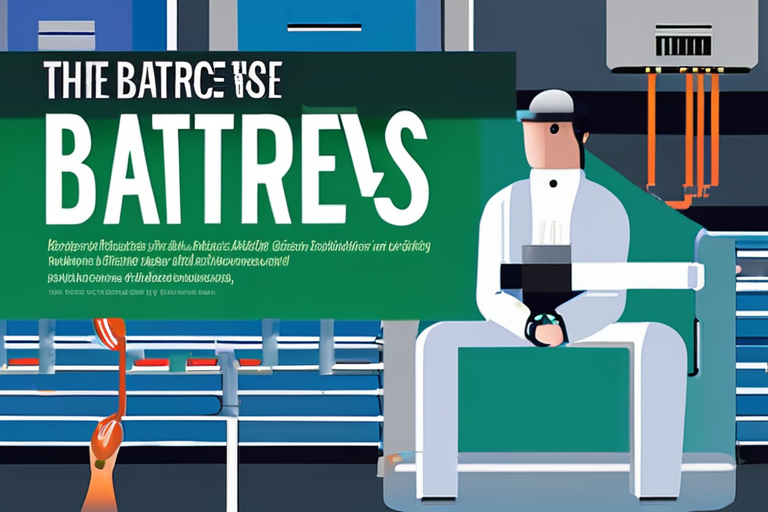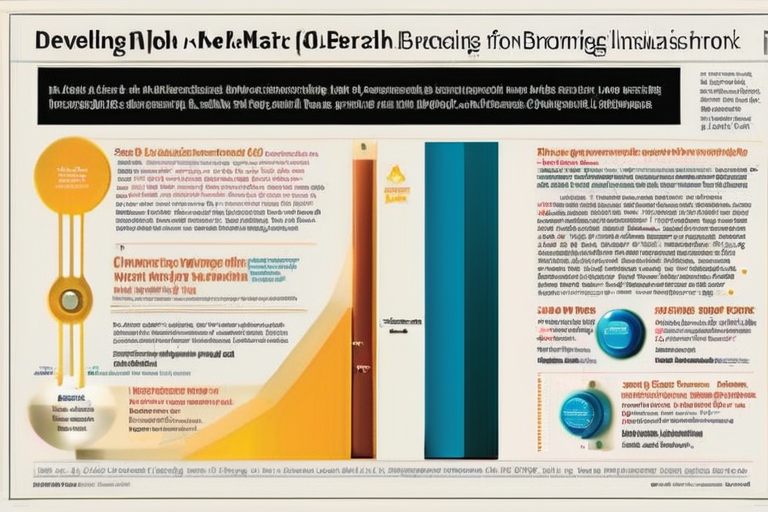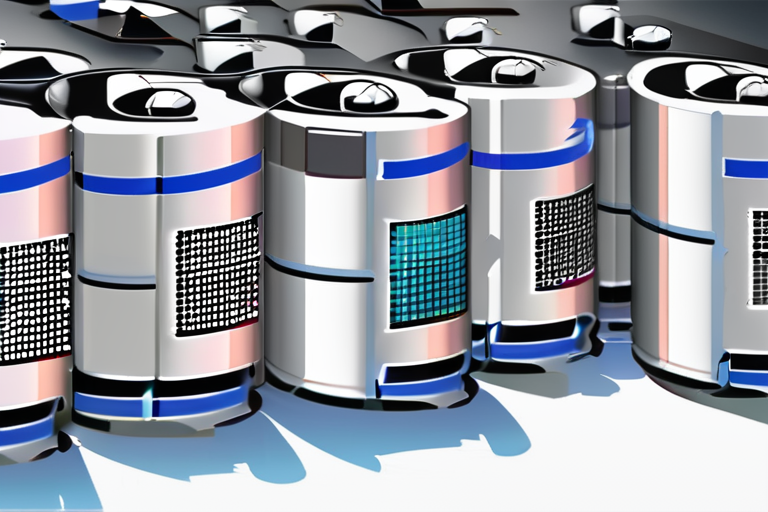Researchers Achieve Record Efficiency with Tin-Based Perovskite Solar Cells


Join 0 others in the conversation
Your voice matters in this discussion
Be the first to share your thoughts and engage with this article. Your perspective matters!
Discover articles from our community

 Hoppi
Hoppi

 Hoppi
Hoppi

 Hoppi
Hoppi

 Hoppi
Hoppi

 Hoppi
Hoppi

 Hoppi
Hoppi

Solar Power Revolution: From End-of-Life Waste to Self-Healing Panels By the mid-2020s, solar power had become the cheapest form of …

Hoppi

Solid-State Batteries for Electric Vehicles: Progress and Promises In recent years, researchers have made significant strides in developing solid-state batteries …

Hoppi

Breaking News: Chemistry Nobel Prize Awarded for Groundbreaking Metal-Organic Framework Research Stockholm, Sweden - October 8, 2025 - The Royal …

Hoppi

Breakthrough in Solar Technology: Ultra-Thin Cells Could Power Everything from Phones to Skyscrapers A team of scientists at Chalmers University …

Hoppi

Correction Made to Groundbreaking Research on Amorphous P-Channel Transistors A correction has been made to a recent study published in …

Hoppi

Breaking News: HiNa Battery Technology Revolutionizes the Industry with Sodium-Ion Cells In a groundbreaking move, Chinese startup HiNa Battery Technology …

Hoppi